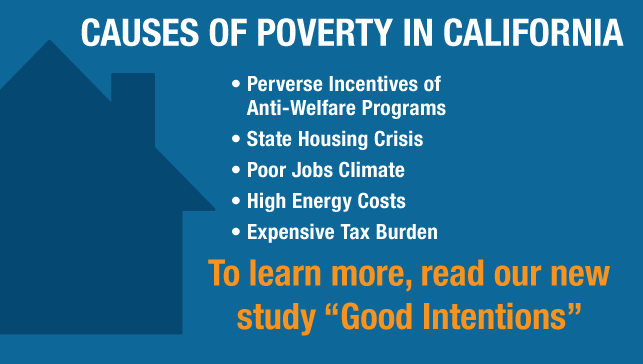More than one observer has argued that California is too big population-wise, and the problems too-complex to effectively govern and should be broken up.
Recently, it was announced that after years of debate, California is finally going to have a chance to vote on one of these proposals this November.
The Cal 3 plan would break up the Golden State into 3 separate states of between 12 and 14 million people each. Northern California would encompass 40 counties, taking in the Bay Area, Sacramento, and the North State. California would take in 6 coastal counties form Monterey down to Los Angeles. Southern California would take in 12 counties encompassing the Central Valley, Inland Empire, Orange County, and San Diego.
In recent years, there have been several proposals to break up California. As with virtually everything in these polarized times, the competing break-up plans have been polarized too.
On the left is the “Calexit movement,” which my colleague Kerry Jackson has written about in the past. It would break California apart from the US as a whole – an ultimate act of Trump resistance, if you will.
On the right, there have been various proposals to break California into two or more states. Most notable has been the “State of Jefferson” movement, consisting largely of rural counties in the North State and Sierra Nevada region plus Southern Oregon.
The rationale for these competing plans is quite similar. Sacramento is ignoring our plight and thumbs their nose at us. The legislature is not reflective of our community. We need to form our own state to ensure that a more representative and responsive government.
But would things really be any different under Cal 3? In most cases, probably not.
According to California Target Book data guru Rob Pyers, the proposed state of Northern California would have even more liberal voting patterns than California today. Hillary Clinton would have won the new state by 37.5 percent in 2016, and Jerry Brown would have won with 67 percent of the vote in 2014. A liberal Bay Area-dominated state would surely enact policies that are even more anathema to the State of Jefferson supporters than the status quo.
The new state of California would be the same. Democrats would have a 30 percent advantage in voter registration. Hillary Clinton would have won 70 percent of the vote in the proposed state.
Only in the proposed state of Southern California might you see a political shift. While Democrats would have a small 3 percent advantage in voter registration, the state’s voting patterns would be different. Though Clinton and Obama would have each narrowly won the proposed state (Obama by less than 1 percent), Neel Kashkari, Meg Whitman, and Carly Fiorina would have each been elected.
An April Survey USA poll (yes, polling experts, I know they produce highly-questionable polling) found that just 17 percent of Californians supported the plan and a whopping 72 percent were opposed.
With figures like that, what may result from the debate over Cal 3 is not a California split, but rather an axe being taken to the initiative process. With so many important ballot fights this fall ranging from the gas tax to rent control, Cal 3 will surely become the poster child for the need to reform the initiative process and make it harder for wild proposals like Cal 3 to make the ballot in the future.
Tim Anaya is communications director for the Pacific Research Institute.

